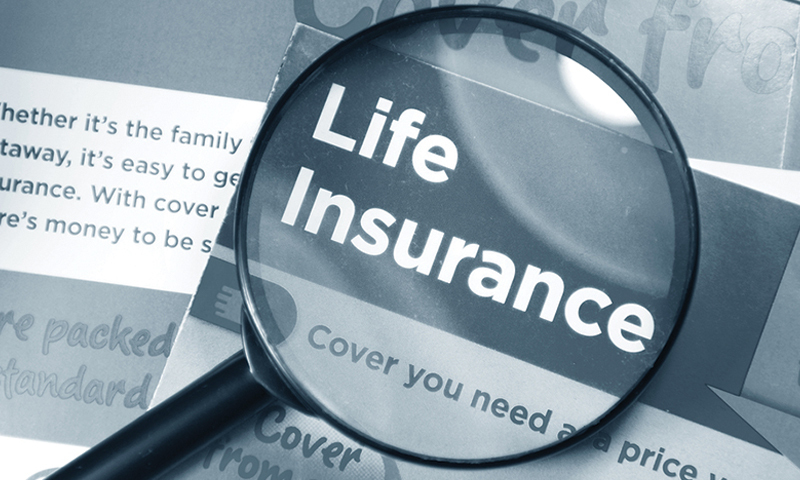Life insurance is an essential part of financial planning, providing a safety net for your loved ones in the event of your passing. But with multiple types available, choosing the right policy can feel overwhelming. To make it easier, let’s explore the four main types of life insurance, how each works, and who they’re best suited for.
Understanding these categories will help you select a plan that fits your lifestyle, goals, and financial needs.
1. Term Life Insurance
What Is It?
Term life insurance is the simplest and most affordable form of life insurance. It provides coverage for a specific period—commonly 10, 20, or 30 years. If you pass away during the term, your beneficiary receives the death benefit. If the term ends and you’re still alive, the policy expires, and no benefit is paid (unless it’s renewable or convertible).
Key Features:
- Fixed premiums during the term
- Straightforward coverage
- No cash value component
- Can be renewed or converted in some cases
Who Should Choose Term Life?
Term life insurance is ideal for:
- Young families on a budget
- People with temporary financial obligations (e.g., mortgage, children’s education)
- Anyone seeking maximum coverage at a low cost
Example:
Imagine you’re 35 and purchase a 20-year term life policy for $500,000. If you die at age 45, your family receives the full payout. If you’re alive at 55, the policy ends, and no payout occurs—unless you renew it or convert it into permanent insurance.
2. Whole Life Insurance
What Is It?
Whole life insurance is a form of permanent life insurance, meaning it lasts your entire lifetime as long as premiums are paid. Unlike term insurance, it includes a cash value component that grows over time on a tax-deferred basis.
Part of your premium goes toward building this cash value, which you can borrow against or withdraw later in life.
Key Features:
- Lifelong coverage
- Fixed premiums
- Guaranteed death benefit
- Cash value accumulation
- Eligible for dividends (in participating policies)
Who Should Choose Whole Life?
Whole life insurance is a good fit for:
- People who want lifelong coverage
- Those looking to build wealth or leave an inheritance
- Individuals with estate planning goals
Example:
If you buy a $200,000 whole life policy at age 30, you’ll pay fixed premiums your entire life. When you pass away—whether at 40 or 90—your beneficiaries receive the $200,000. Over time, the policy builds cash value, which you can use for emergencies or retirement.
3. Universal Life Insurance
What Is It?
Universal life insurance (UL) is another type of permanent life insurance, but with greater flexibility than whole life. You can adjust your premiums and death benefit (within limits), and it also builds cash value based on interest rates.
There are several variations of universal life insurance, including Guaranteed Universal Life (GUL), Indexed Universal Life (IUL), and Variable Universal Life (VUL), each with different investment or interest features.
Key Features:
- Flexible premiums and coverage amounts
- Lifelong protection
- Cash value component (interest-based)
- Option to invest (in some types)
Who Should Choose Universal Life?
Universal life insurance works best for:
- Individuals seeking lifelong coverage with flexible terms
- People who want to combine insurance with long-term savings
- Those with fluctuating income or financial needs
Example:
Suppose you start with a $250,000 universal life policy. You can adjust your premium payments depending on your cash flow. As interest accumulates, the cash value grows. You can use it to reduce your premiums or increase your death benefit.
4. Variable Life Insurance
What Is It?
Variable life insurance is a permanent life insurance policy with investment features. A portion of your premium goes into separate investment accounts—similar to mutual funds—giving you the potential to grow your cash value more aggressively.
Because it involves investing, the policy’s cash value and death benefit can fluctuate depending on market performance.
Key Features:
- Investment component
- Potential for high cash value growth
- Flexible death benefit and premium (in some versions)
- Higher risk due to market exposure
Who Should Choose Variable Life?
Variable life insurance is suitable for:
- Financially savvy individuals comfortable with investment risk
- Those seeking long-term wealth growth through their policy
- People who want both insurance and a customizable investment tool
Example:
With a $300,000 variable life policy, your cash value is invested in various sub-accounts. If the investments perform well, both your cash value and potential death benefit may increase. However, if the market performs poorly, your values may decrease.
Key Differences at a Glance
| Type | Duration | Cash Value | Flexibility | Risk Level | Cost |
|---|---|---|---|---|---|
| Term Life | Fixed term | No | Low | Low | Lowest |
| Whole Life | Lifetime | Yes | Low | Low | Higher |
| Universal Life | Lifetime | Yes | High (flexible) | Moderate | Medium |
| Variable Life | Lifetime | Yes | High (invested) | High | Varies |
How to Choose the Right Type of Life Insurance
Choosing the right life insurance depends on your:
- Age and health
- Financial goals
- Dependents’ needs
- Budget
- Desire for investment or savings
Ask yourself:
Do I want affordable temporary coverage, or do I want lifelong protection with savings or investment potential?
If you’re young and healthy, term life may give you the most coverage for the lowest cost. If you’re planning long-term, a permanent policy (whole, universal, or variable) may offer more value.
Final Thoughts
Understanding the four main types of life insurance—Term, Whole, Universal, and Variable—empowers you to make better financial decisions. Each type serves different purposes, from short-term protection to long-term wealth building.
Whether you want simple coverage or a policy that grows with your finances, there’s a life insurance option to suit your needs. Take the time to assess your personal situation, talk to a trusted advisor, and choose a policy that ensures peace of mind for you and your loved ones.




